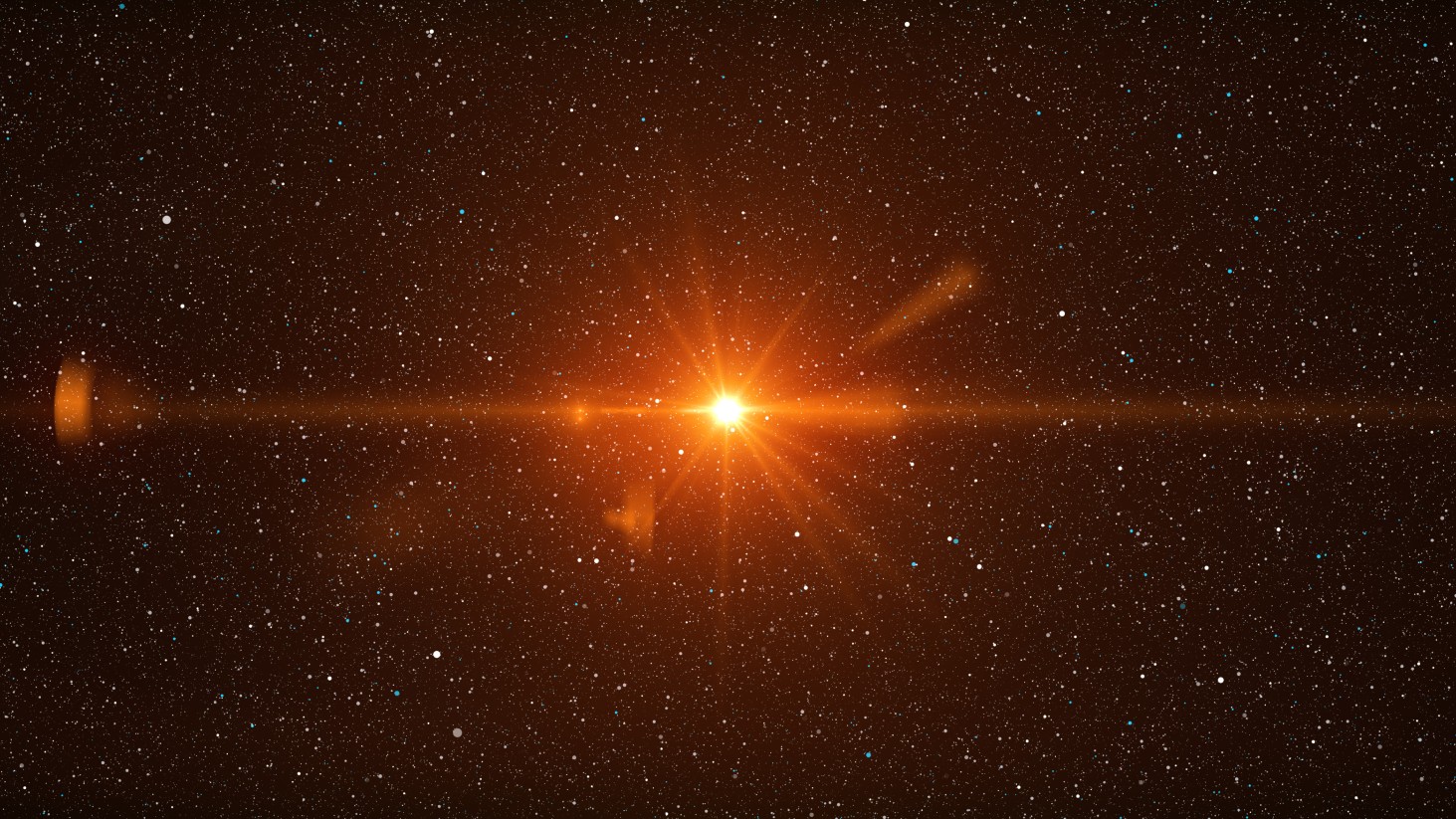Mitchell Joachim explains how New York can be remodeled to generate all of its needs within its own boundaries and just how long it takes to change a city
Question: How is Terreform 1 rethinking New York City?
Mitchell Joachim: Well, one of the many projects we’re working on in Terreform 1, Terreform 1, is to rethink New York City. To look at New York City as if it was 100 percent self-sufficient. New York City with no inputs or outputs. Imagine this place where the only thing that would come and go would be something like culture but waste, water, energy, food would all be produced inside the confines of New York City proper with inside its geopolitical boundaries.
So what would the reification of this city look like? Can you imagine a future where everything that needs to happen in New York City, especially when it relates to its sufficiency, happens in its own boundaries? So you’d be producing food here in New York City in something like a vertical farm. There’s a project that my colleague at Columbia, Dickson Despommier, often promotes. So we would change the landscape, for instance, of Central Park to have some of these vertical farms which are towers that contain lots of food, dwarf wheat, dwarf corn, that could feed 30,000 to 80,000 people per tower.
We also look at New York City being self sufficient when it comes to energy. If we were to, for instance, fill up all of Staten Island and about 18 percent of the surface area of Brooklyn with solar panels, we would power New York City just like a solar calculator. We would need no other power sources. All of those panels with storage and batteries running at around 20 to 23 percent efficiency and costing $46 billion adjusted for 2007, would power New York from the sun.
Of course, this is not exactly what we’re proposing. There’s around 3,000 acres of un-shaded roof space in the city of New York City. So instead of covering Brooklyn and all of Staten Island with solar panels, we propose putting them on roof tops. And logically, integrating them with other kinds of renewable sources to produce energy, newer technology such as – or renewable technology such as wind turbines or wave harvesting, etcetera.
The idea here is to think about New York in a provocative like design or urban design statement. Not that Mayor Bloomberg’s plan isn’t good—his plan is fairly green. A lot of his principles are hard to argue with. Everyone in New York, for instance, needs to be a ten minute walk from a park. That is something he plans on doing with PLANYC. We’re thinking of an approach that is much more provocative. That’s a grander solution to the largest problem we’ve encountered.
That is this global problem of climate change. So we want to propose larger answers that meet this criteria, the solution, that just spans all sorts of issues. So having a prototype city, like New York, being completely self sufficient, especially when it comes to its energy, waste, food, etcetera, would be a salient example so that others could get the idea of how to do it and do it right and do it green.
Recorded on: September 11, 2009





